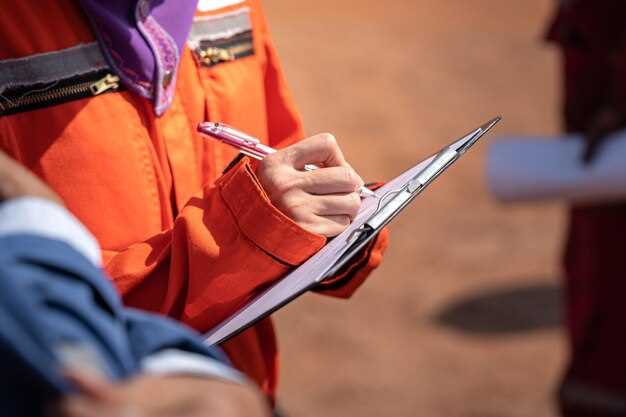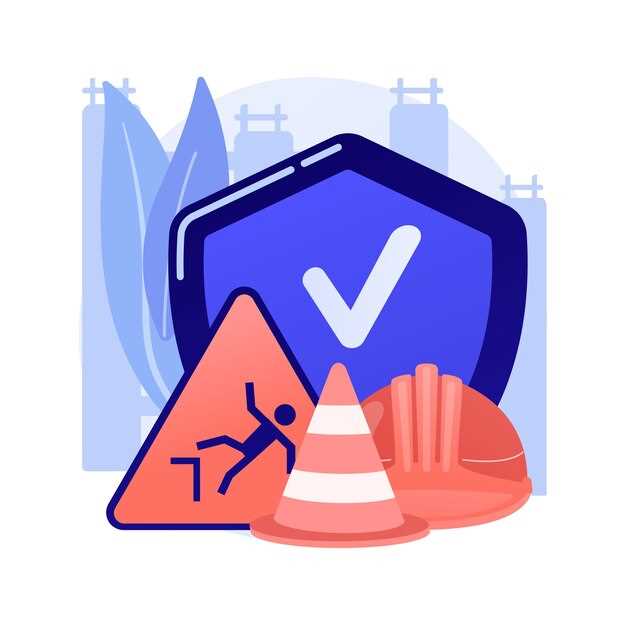
In the high-octane world of drag racing, safety is paramount. The National Hot Rod Association (NHRA) has established a comprehensive set of rules and regulations designed to protect drivers, crew members, and spectators alike. Understanding these safety protocols is essential for anyone looking to compete in NHRA-sanctioned events.
The NHRA tech inspection process serves as a critical checkpoint for competitors, ensuring that each vehicle meets stringent safety standards before hitting the track. This inspection involves a thorough evaluation of various components, including roll cages, harness systems, and fire suppression equipment. As a drag racer, being well-versed in these requirements not only enhances your safety but also boosts your confidence as you prepare for the challenges of the race.
Adhering to NHRA safety rules is not merely a matter of compliance; it reflects a commitment to the sport and its community. By prioritizing safety through education and preparation, competitors can help cultivate a culture of responsibility that extends beyond the starting line. This article aims to break down the key aspects of NHRA safety rules and provide valuable insights for both novice and seasoned racers alike.
Understanding NHRA Helmet Specifications for Drag Racing

The National Hot Rod Association (NHRA) establishes specific helmet specifications to ensure the maximum safety of drag racing competitors. These specifications are designed to protect racers from head injuries during high-speed events. Familiarizing oneself with NHRA helmet standards is essential for both novice and experienced racers alike.
Key criteria for NHRA-approved helmets include:
- Certification: Helmets must meet the standards set by the Snell Memorial Foundation, specifically the latest Snell rating suitable for motorsport use. The current acceptable rating is Snell SA2015 or newer.
- Construction: Helmets should be made of composite materials that provide durability and lightweight performance. Common materials include fiberglass, carbon fiber, and Kevlar.
- Visor: An essential feature, the visor must be shatter-resistant, providing adequate visibility while protecting the eyes from debris and sunlight.
- Fit and Retention: Helmets should fit snugly, with no more than an inch of movement when trying to pull it off. The retention system must keep the helmet securely in place, especially during sudden deceleration.
- Padding: The interior of the helmet must contain high-quality impact-absorbing foam, enhancing comfort and safety by reducing shock during an impact.
To pass NHRA tech inspections, racers should also consider:
- Ensuring that the helmet bears the appropriate certification labels, indicating compliance with NHRA specifications.
- Regularly inspecting the helmet for any signs of wear, damage, or deterioration, particularly after crashes or accidents.
- Storing the helmet in a cool, dry place to avoid degradation of materials, preserving its protective capabilities.
Adhering to NHRA helmet specifications not only aligns with safety regulations but also enhances a racer’s performance by instilling confidence in their protective gear. For competitors aiming for success on the drag strip, investing in a certified helmet is a critical step toward ensuring their safety on the track.
Proper Suit and Gear Requirements for NHRA Events

Competing in NHRA events requires adherence to strict safety rules regarding race gear. The primary piece of equipment is the racing suit, which must be fire-resistant and comply with the NHRA specifications. Suits should be certified according to SFI (Safety Footwear International) standards, generally labeled as SFI 3.2A/1 or higher. The material must not only provide protection from fire but also allow for flexibility and ease of movement while driving.
In addition to the race suit, competitors are mandated to wear a certified helmet that meets or exceeds the Snell foundation standards. Full-face helmets are strongly recommended as they provide comprehensive coverage and protection for the head and face in the event of an accident. Additionally, helmets must be equipped with a fire-resistant neck collar, which is crucial for preventing injuries during a crash.
Gloves also play a significant role in ensuring safety during NHRA events. Drivers are required to wear SFI-certified gloves that offer both fire resistance and a good grip. The gloves must fit snugly to allow drivers to maintain control over the vehicle while providing adequate protection against burns.
Footwear is another essential component of the racing gear. Drivers must wear SFI-approved shoes that meet the standards for fire resistance and provide support and grip. Racing shoes are designed to be lightweight and flexible, allowing for better pedal control during high-speed runs.
Lastly, other protective gear such as arm restraints, balaclavas, and safety harnesses may be required depending on the class of racing. These items help to minimize the risk of injury during unforeseen events, ensuring competitors meet the NHRA safety rules comprehensively.
Navigating the NHRA Vehicle Safety Inspections Process
Before participating in NHRA events, competitors must ensure their vehicles pass a thorough safety inspection. This process is crucial for maintaining safety standards in drag racing and ensuring a fair competition among racers.
The NHRA rules outline specific requirements for various vehicle classes, which include safety features such as roll cages, harnesses, and fire extinguishing systems. Each competitor should familiarize themselves with the NHRA rulebook relevant to their vehicle category.
First, it is essential to prepare your vehicle for inspection by closely checking all necessary components. Focus on areas like the brakes, tires, and safety equipment. Ensure that all equipment adheres to the standards set forth by the NHRA.
During the inspection, a certified NHRA official will examine your vehicle for compliance with the safety rules. This includes verifying that all required safety equipment is in place and functional. For example, vehicles competing at higher speeds may require advanced safety measures like upgraded harnesses and specialized safety seats.
It’s advisable to bring documentation proving that your safety gear meets NHRA standards, including any necessary certifications or previous inspection reports. This can expedite the inspection process and minimize potential issues.
After the inspection, you will receive a sticker certifying compliance, which must be displayed visibly on your vehicle. If your vehicle does not meet the NHRA rules, you will be informed of the specific deficiencies and given the opportunity to correct them before your next event.
Ultimately, navigating the NHRA vehicle safety inspections process requires diligence and preparation. By understanding the NHRA rules and being proactive in vehicle maintenance, competitors can enhance their safety and improve their chances of a successful racing season.



